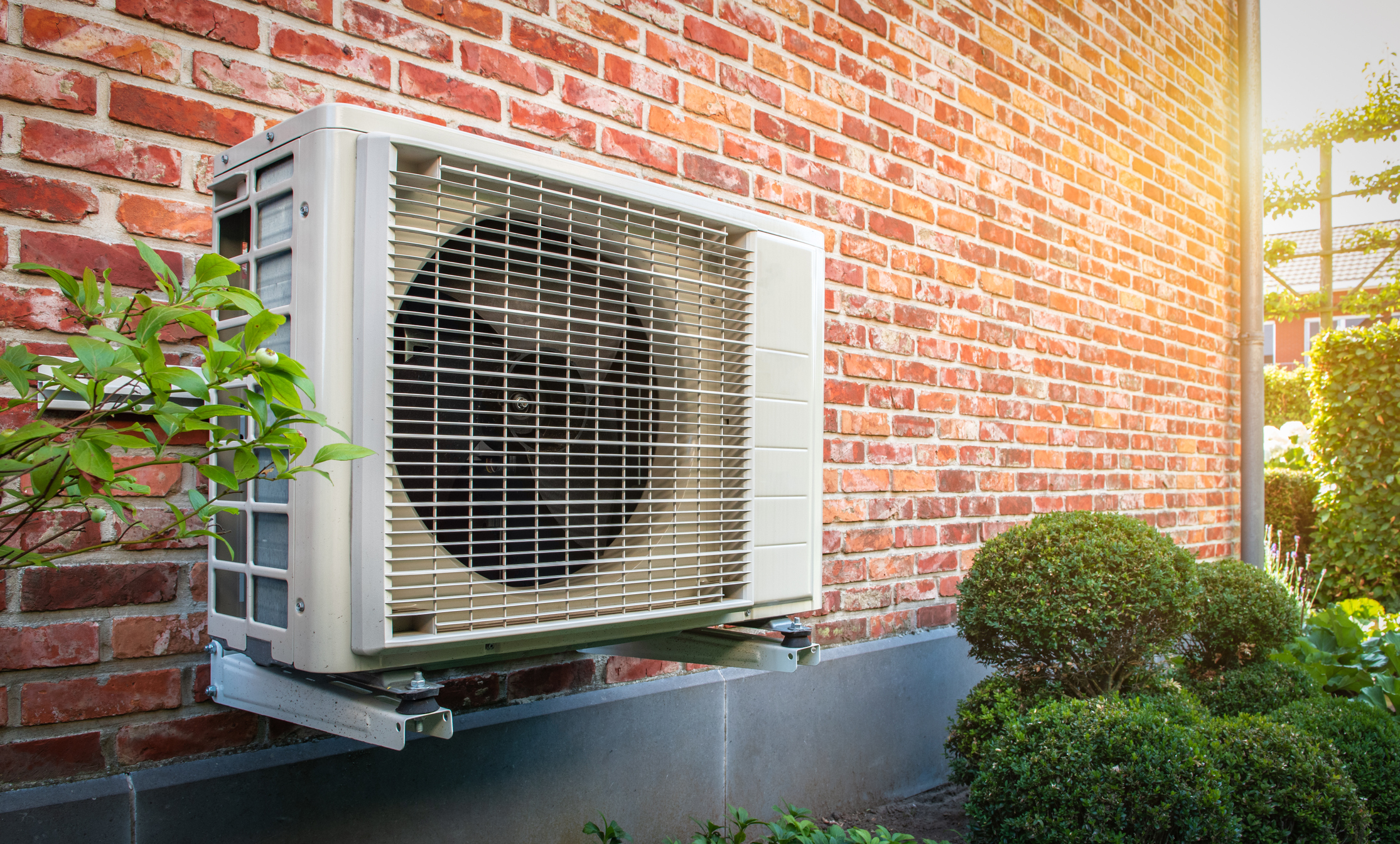The service contractor’s business worries have become the distributor’s worries, and vice versa. Your customers’ challenges are pushing you to adapt your HVAC distribution business with their new needs in mind.
Same Sh* Seasonality, Different Day
Seasonal HVACR demand is quite an elusive (and expensive) feat. Seasonality carries a hefty consequence because of its strong impact on customer experience.
Misalignment of HVAC parts inventory can cause lost business to both your customers and you. Proper forecasting of seasonal HVACR demand, on the other hand, comes back to reward you handsomely. There’s that ripple effect again.
This is nothing new
It’s just even harder now. Forecasting seasonal demand has always been a thorn in the HVAC supply chain. Now it’s especially tough because the guidelines around lead times, regional uniqueness and supplier constraints have become even blurrier:
- Lead Times: The demand is definitely there, evident in that the global projected market size for the HVAC industry is $208.6 billion. The problem is how to predict lead times and communicate accurate information downstream to consumers efficiently, at a time when lead times have been anybody’s guess.
- Regional Variances: HVAC supply chains are highly regionalized in what products people buy, when and how. As an example, just think about the variable efficiency ratings across the U.S. because of regional climate conditions. The southern states average an 80% efficiency requirement, while the northern ones often require a 90% rating or higher (U.S. Department of Energy). Tracking all variances in a global supply chain would require a Ph.D. in data science and a huge team of planners with a ton of time on their hands. Got that lying around? Didn’t think so.
- Minimum Order Quantity: Finally, forecasting seasonal HVACR demand is complicated because the supply chains in the HVACR industry are highly dictated by exclusive relationships between authorized distributors and service contractors. Customers suffer… which then makes your business suffer.
Industry expert Adrian Gonzalez wrote a story in Talking Logistics that probably throws any HVAC distributor into instant PTSD:
A residential end-customer’s AC coil was leaking. The service contractor couldn’t procure a replacement due to a 4-coil minimum for orders set by his supplier (and on upstream to their supplier). The contractor had to break the news to his customer that they’ll have to sit around sweating in 80-degree temperatures until he has at least 3 other customers in need of that coil. After getting the same story from a competitor, the homeowner went online and bought from a distributor out west that had 25 units in stock.
The Moral of the Story
Your customer’s loss is your loss. Fix it by getting an HVACR-built supply chain planning solution in place to manage seasonality.
An HVAC planning solution like Blue Ridge uses advanced analytics, order cycle optimization and automated replenishment to neutralize the costly impact of seasonality on the HVACR supply chain.
These tools make lead times more predictable, wipe out inefficiencies and inaccuracies in tracking regional demand, reduce risk and improve customer service by keeping close tabs on supplier constraints.
Next Up: Shortage of Skilled Labor in HVAC
We continue this series in Part 3 with how to tackle the shortage of skilled HVAC technicians:
Take me back to Part 1 of this series
FREE Resources HVACR Distribution
There’s more great info for wholesale distribution HVACR plumbing businesses here. Or, you can schedule a free call here to discuss your specific HVACR distribution challenges and grab some free resources to simplify seasonal forecasting. Stat.














